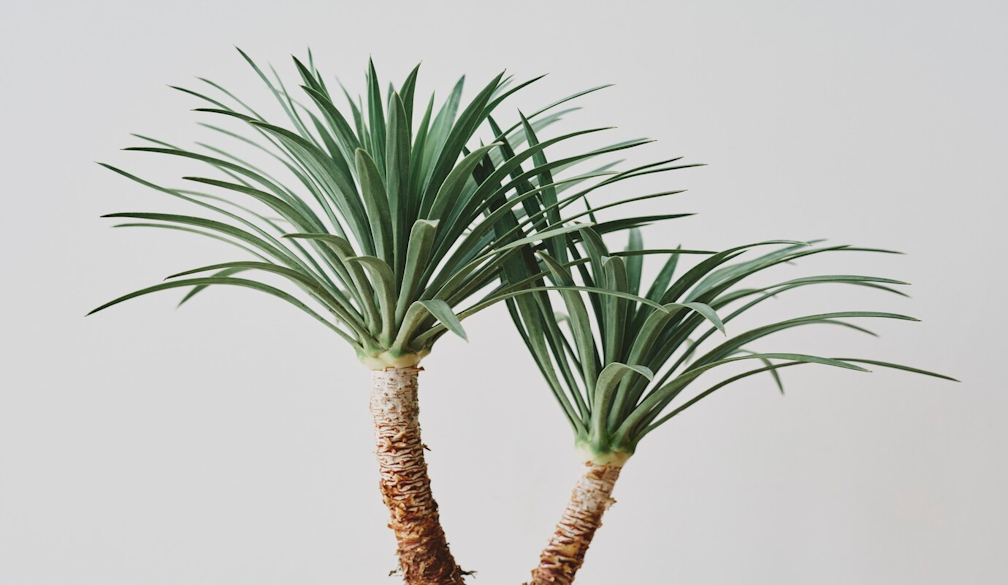How to Grow and Care for a Dragon Tree (Dracaena draco)

Dragon trees are among those plants that come with a steep price tag. While they're pricier than many succulent trees, they're ultimately proven to be worth the investment because of their aesthetic appeal and air-purifying qualities — not to mention, they’re very low maintenance and strikingly rare. You can also opt to grow them indoors (it takes several years for them to grow significantly in height) for you to really appreciate its ability to cleanse the air.
Native to Cape Verde, Morocco, Spain's Canary Islands, and Portugal's Madeira, the dragon tree is admired for its potential to soar high, as well as its broad, cylindrical trunks and sword-like leaves. As a substantial ornamental investment meant to spice up your outdoor or indoor space, you'd naturally want to see your Dracena Draco plant grow strong, healthy, and downright gorgeous.
If you’re looking for a simple guide on how to grow and care for a dragon tree, you’ve come to the right place. Here are tips to remember:
1. Grow in a suitable climate
Like any other plants, Dragon trees thrive when grown in their native environment or somewhere else as long as optimal conditions are observed. That’s why climate is an essential factor when growing a Dracena Draco plant.
In Australia, dragon trees are most likely to do well in regions with subtropical and warm temperate climates (e.g. South East Queensland, coastal New South Wales, Perth, and parts of South Australia). For reference, the Dracaena Draco prefers temperatures between 16-27°C and can tolerate light frost once established.
2. The right amount of sunlight
The right location for growing dragon trees is where the sun is, but not too much since they prefer bright, indirect light. In general, Dracena Draco plants respond favorably when planted in locations with plenty of light, but they still need to be protected from direct sunlight.
3. The best type of soil
Using loose, well-draining soil is ideal when planting a dragon tree. Sandy or gritty soil is also beneficial when it comes to providing better aeration. Soil aeration is the exchange of gases between the soil and the atmosphere, a crucial process for overall plant health and soil productivity.
Remember to select a potting mix that will deliver this soil preference. Lastly, loosen it up before planting to make sure it drains well.
4. Proper watering schedule
Dragon trees are drought-tolerant; hence, you have to be cautious when watering the plant as you don’t want to overdo it. Water it sparingly for ideal results, allowing the soil to dry out between waterings.
The compost should be half dry before you proceed. But how to know if you’re watering sufficiently and not the other way around? If you see brown leaf tips, you’re most likely not watering your plant enough; if you see yellow leaves, it could mean you’re overwatering.
5. Don’t over-fertilise
Dragon trees are slow-growing, meaning they don’t require heavy fertilisation. As a general rule, they need to be fertilised once a month during the growing season, in spring and summer, using a slow-release, balanced fertiliser. It’s important to remember that over-fertilising can harm the plant’s health, so it’s better to stick to the recommended fertilising schedule to ensure your dragon tree grows well.
6. Prune only when necessary
Dragon trees are low-maintenance, one of the reasons why they are highly favoured by gardeners and homeowners. Overall, pruning a Dracena Draco plant is as simple as removing any yellow or brown leaves as needed to maintain its vigorous appearance. In general, they can be pruned once or twice a year (in spring or early summer) to preserve their size and shape.
7. Protect from pests and diseases
Not only are dragon trees low-maintenance, they’re also pest-resistant. Nonetheless, there’s no harm in being vigilant if it means ensuring your plant’s overall health. With this, watch out for mealybugs and scale as dragon trees can still be susceptible to these pests. You can use a suitable insecticide soap or other appropriate treatment. To detect issues early on, inspect your dragon tree regularly and make sure you don’t miss the underside of the leaves and around the stems.
Dragon trees are generally low maintenance and resilient; however, their ornamental appeal and vitality still hinge on proper planting and care. The more you provide your Dracaena draco plant with optimal growing conditions similar to its native habitat, the more it’s likely to showcase its unique charm and fortitude. One key reason why dragon trees are so expensive is due to their slow growth rate and striking appearance, which make them highly sought-after for both indoor and outdoor landscaping. Their dramatic, sculptural form and longevity add to their value, especially when cultivated with care.

